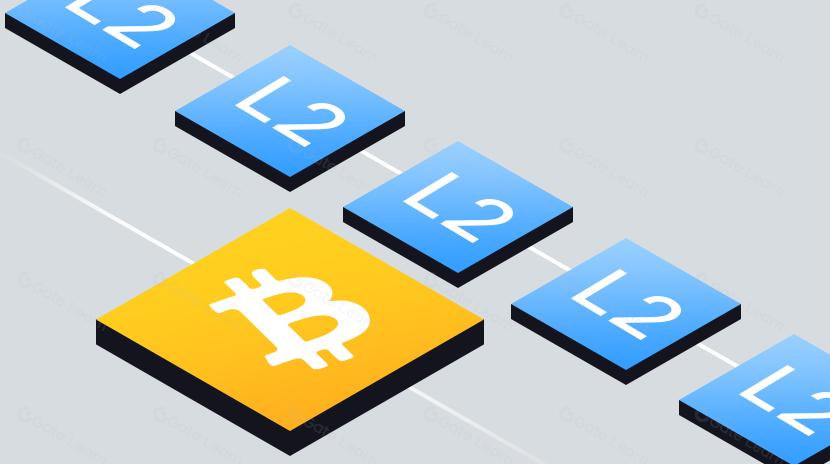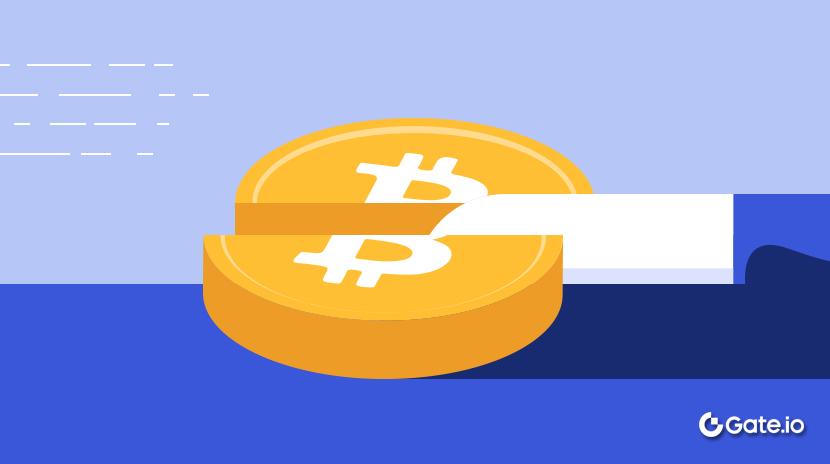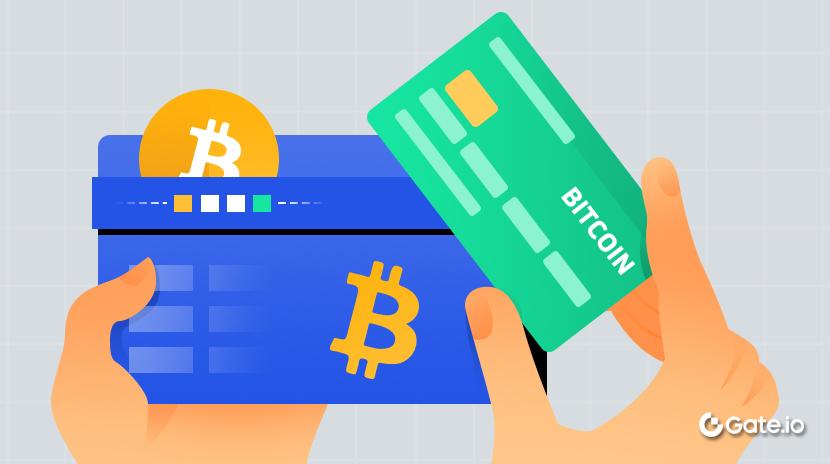BitBonds:比特债券如何重塑美国财政与全球经济格局
本文全面解析 BitBonds 如何通过「预算中性」方式将比特币纳入美国国债体系,探讨其对财政稳定、加密市场及全球金融秩序的潜在重塑效应,揭示加密货币与主权信用融合的现实路径与风险边界。
在当今全球经济体系中,美国作为世界经济的中心,其财政政策不仅影响国内市场,更深刻地牵动着国际金融格局。近年来,随着比特币等加密货币的崛起,传统金融体系正面临前所未有的挑战与机遇。一种名为“BitBonds”(比特债券)的新型金融工具被提出,旨在通过结合比特币与美国国债的特性,解决美国长期存在的债务问题,同时为特朗普政府提出的“预算中性比特币储备战略”提供可行路径。本文将从 BitBonds 的起源、运作机制、经济影响以及未来前景等方面展开深入探讨,并尝试推测这一创新工具可能带来的长期影响。
BitBonds 的起源
BitBonds 的概念最早由 Newmarket Capital 和 Battery Finance 创始人兼首席执行官 Andrew Hohns 以及比特币政策研究所执行董事 Matthew Pines 提出,旨在将比特币的去中心化属性与传统国债的稳定性相结合。这一想法在 2024 年美国总统大选期间逐渐进入公众视野,尤其是特朗普团队将其作为竞选承诺的一部分,提出通过“预算中性”方式建立国家比特币储备。根据相关资料,这一战略的核心在于不增加联邦预算赤字的前提下,利用创新金融工具购买比特币,从而增强美国在全球经济中的竞争力。
BitBonds 的提出并非空穴来风。美国目前面临着超过 35 万亿美元的国债负担,利息支出逐年攀升,已成为联邦预算的重要压力来源。与此同时,比特币作为一种抗通胀资产,其市值在过去十年中增长迅猛,吸引了全球投资者的关注。然而,直接动用纳税人资金购买比特币在政治和经济上都具有争议性,因此 BitBonds 被设计为一种折中方案,既能让政府持有比特币,又避免了直接的财政支出。
BitBonds 的运作机制
BitBonds 本质上是一种改良版的美国国债,其独特之处在于与比特币挂钩的回报机制。根据公开资料,其基本运作方式可以概括为以下几个步骤:
发行与购买:美国财政部发行 BitBonds,投资者以美元购买这些债券。与传统国债类似,BitBonds 具有固定的到期日和基础利率,但其收益部分与比特币挂钩。
比特币积累:财政部利用发行 BitBonds 所募集的资金,在公开市场上购买比特币。这些比特币将被存入由政府控制的数字钱包,作为国家储备的一部分。
收益分配:债券到期时,投资者不仅能获得基础利息,还能根据比特币价格的涨幅获得额外回报。例如,如果比特币价格在债券存续期内上涨 50%,投资者可能获得与此涨幅挂钩的奖金。这种设计旨在吸引对加密货币感兴趣的投资者,同时降低传统国债的融资成本。
预算中性:由于 BitBonds 的资金来源于市场而非纳税人,且其利息支出可能因比特币升值而部分抵消,这一机制被认为能够在不增加联邦赤字的情况下实现比特币储备的积累。
这种机制的创新性在于,它将比特币的潜在增值能力嵌入传统金融工具中,既保留了国债的安全性,又引入了加密货币的高收益潜力。Andrew Hohns 和 Matthew Pines 认为,BitBonds 不仅能帮助美国政府持有比特币,还能通过降低国债利率缓解债务压力。
经济与社会影响
对美国财政的潜在益处
BitBonds 的核心目标之一是缓解美国日益严重的债务危机。传统国债的利息支出已占联邦预算的很大一部分,而随着利率上升,这一负担还在加重。通过引入 BitBonds,财政部可以将部分债务成本转移到比特币的增值潜力上。如果比特币价格持续上涨,政府不仅能减少净利息支出,还可能通过出售储备比特币获得额外收入,从而实现债务问题的“软着陆”。
此外,BitBonds 的发行可能降低传统国债的收益率需求。由于其与比特币挂钩的特性,这类债券对投资者具有更高的吸引力,财政部或许能以更低的利率融资。这对于长期依赖债务驱动经济的美国而言,无疑是一剂强心针。
对比特币市场的推动
BitBonds 的实施将显著提升比特币的合法性和市场需求。美国政府作为全球最大的单一经济体,其正式介入比特币市场将为这一加密货币赋予前所未有的背书效应。市场分析师预测,如果美国成功积累数千枚甚至数万枚比特币,其价格可能在短期内出现大幅上涨,吸引更多机构投资者入场。
然而,这也可能加剧比特币市场的波动性。政府作为大宗持有者,其买卖行为可能引发市场恐慌或投机热潮。此外,如果其他国家效仿美国推出类似工具,比特币的供需平衡将被进一步打破,价格走势可能变得更加难以预测。
全球金融格局的重塑
BitBonds 的成功可能促使其他国家重新审视本国货币政策与加密货币的关系。例如,欧洲央行或中国央行可能推出自己的“加密债券”,以应对美元霸权的潜在威胁。这种竞争可能加速全球金融体系的多元化,削弱美元作为唯一储备货币的地位。
与此同时,BitBonds 可能引发国际社会对美国债务问题的更大关注。如果这一工具未能有效降低债务负担,反而因比特币价格下跌导致财政亏损,美元的信誉可能受到进一步打击。这将为黄金、人民币等替代资产提供上升空间。
社会层面的争议
BitBonds 的推行并非没有争议。批评者认为,将国家财政与波动性极高的比特币挂钩无异于一场豪赌,可能在市场崩盘时引发系统性风险。此外,这一政策可能加剧财富不平等——富有的投资者更有可能购买 BitBonds 并从中获利,而普通民众则难以分享红利。
支持者则反驳称,比特币的长期趋势是向上的,且 BitBonds 的设计足够灵活,可以通过调整挂钩比例或设置止损机制来规避风险。他们还指出,这一工具将为美国年轻人提供更多接触加密货币的机会,从而推动金融教育的普及。
BitBonds 的现实可行性分析
尽管 BitBonds 在理论上具有吸引力,其实际实施仍面临多重挑战。首先,法律框架需要大幅调整。美国财政部发行与加密货币挂钩的债券可能需要国会批准,而两党在加密货币政策上的分歧可能拖延这一进程。其次,比特币市场的流动性有限,如果政府大规模购买,可能推高价格并引发市场混乱。
技术层面同样存在障碍。比特币储备的安全存储需要先进的区块链技术支持,而政府机构在网络安全领域的记录并不完美。一旦储备被黑客攻击,后果将不堪设想。此外,国际社会可能对美国此举持怀疑态度,认为这是变相的经济霸凌。
然而,乐观主义者指出,特朗普政府在 2025 年初上台后,已展现出推动加密货币政策的强烈意愿。如果 BitBonds 作为试点项目率先在小范围内测试,其成功案例可能迅速赢得市场信心,为全面推广铺平道路。
未来前景的合理推测
假设 BitBonds 在 2025 年下半年正式推出,我们可以合理推测其未来发展的几种可能性:
成功情景:债务缓解与比特币热潮
在最乐观的情况下,BitBonds 获得市场热烈响应,比特币价格在政府购买的推动下突破 20 万美元/枚。美国成功积累数十万枚比特币储备,不仅降低了国债利息支出,还通过出售部分储备偿还了部分债务。到 2030 年,BitBonds 成为全球金融市场的标杆,其他国家纷纷效仿,加密货币彻底融入主流金融体系。
这种情景下,美国可能重新巩固其经济霸主地位,但全球货币体系将更加碎片化。比特币可能取代部分黄金的避险功能,成为“数字黄金”,而美元的地位虽有所削弱,仍凭借 BitBonds 的创新性保持竞争力。
中性情景:有限影响与政策调整
更现实的可能性是,BitBonds 在初期取得一定成功,但因比特币价格波动过大而效果有限。政府可能在 2027 年调整策略,例如降低债券与比特币的挂钩比例,或引入其他加密资产(如以太坊)分散风险。到 2030 年,美国债务问题虽未彻底解决,但通过 BitBonds 获得了一定的喘息空间。
这种情况下,比特币市场将经历一轮热潮后回归平稳,全球金融格局变化不大。BitBonds 可能成为一种小众金融工具,仅吸引特定投资者群体,而非彻底改变经济规则。
失败情景:财政危机与信任崩塌
在最悲观的情景中,BitBonds 因比特币价格暴跌而失败。假设 2026 年加密货币市场进入熊市,美国储备比特币价值大幅缩水,BitBonds 投资者蒙受损失,财政部不得不动用额外资金填补窟窿。这将加剧债务危机,动摇美元的国际信誉。
这种情况下,全球可能掀起去美元化浪潮,人民币、欧元等货币趁机崛起。比特币的合法性也将受到质疑,监管机构可能对其施加更严厉的限制,导致加密货币市场长期低迷。
结语
BitBonds 作为一种大胆的金融实验,体现了美国在面对债务危机和加密货币浪潮时的创新尝试。其成功与否不仅取决于比特币的市场表现,还与政府的执行力、国际社会的反应以及技术保障密切相关。无论结果如何,这一工具都将在金融史上留下浓墨重彩的一笔。
最后,BitBonds 可能成为连接传统金融与数字经济的桥梁,推动全球经济向更加多元、去中心化的方向迈进。然而,这条道路注定充满未知与挑战。或许在 2035 年,当我们回顾这一时期时,会发现 BitBonds 不仅改变了美国的财政轨迹,更重塑了我们对货币与价值的认知。
声明:
本文转载自 [Block unicorn],著作权归属原作者 [Grok, Block unicorn],如对转载有异议,请联系 Gate Learn 团队,团队会根据相关流程尽速处理。
免责声明:本文所表达的观点和意见仅代表作者个人观点,不构成任何投资建议。
文章其他语言版本由 Gate Learn 团队翻译, 在未提及 Gate.com 的情况下不得复制、传播或抄袭经翻译文章。
相关文章

浅析BTC L2技术的核心


不可不知的比特币减半及其重要性

什么是BTC挖矿?



